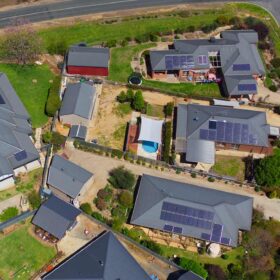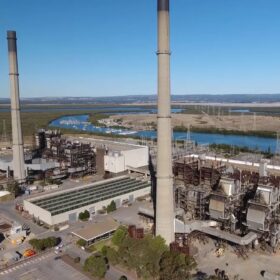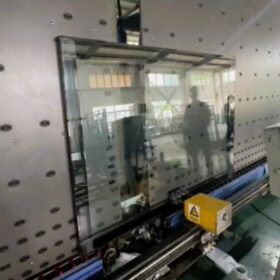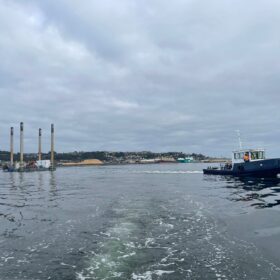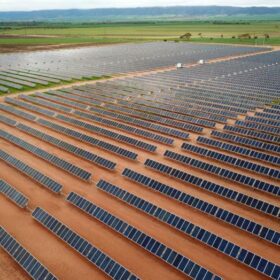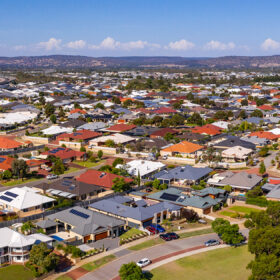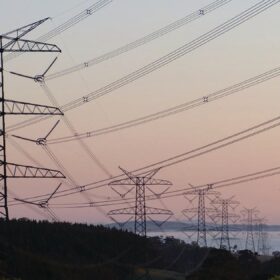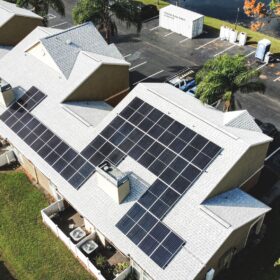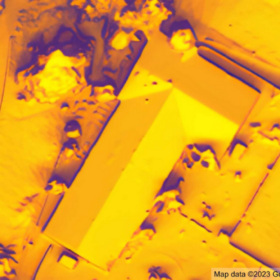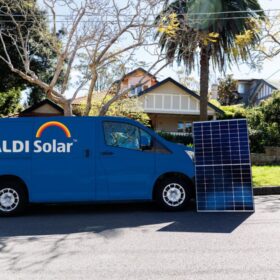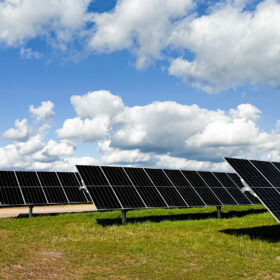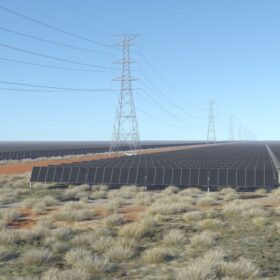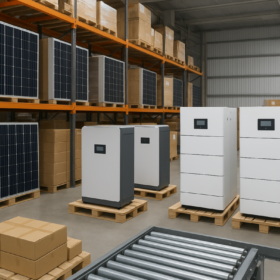Renewables surge to record share in NEM
The share of renewables in Australia’s main electricity grid has reached a new high, with rooftop and grid-scale solar, wind and hydro combining to deliver more than 70% of the total underlying demand on Wednesday.
AGL awards demolition contact for Torrens Island gas power plant
One month after formally opening its first operational grid-scale battery at the Torrens Island power station site in South Australia, AGL has confirmed that next month it will begin demolishing the adjacent gas-fired Torrens ‘A’ power plant.
ClearVue next-gen ‘solar window’ powers through mass production run
Western Australian solar window company ClearVue Technologies says it has confirmed the scalability and “commercial viability” of its second-generation integrated glazing units after a mass production run using a standard manufacturing line at a factory in China.
New funding deal sees focus shift for Marinus Link
The initial capacity of the proposed Marinus Link transmission project, that would connect Tasmania and the Australian mainland via an undersea electricity interconnector, has been reduced by 50% as part of new funding arrangements announced by the federal and state governments.
Neoen targets 10 GW portfolio with multi-billion dollar spend
With more than 3 GW of large-scale solar, wind and battery storage capacity in operation or under construction, Neoen is already Australia’s biggest clean energy player but now the French developer is planning to triple its renewables capacity by 2030.
MPower starts building after purchase of 5 MW Narromine project completed
Construction is to commence immediately on a 5 MW solar project being developed at Narromine in western New South Wales as Australian renewable energy developer MPower’s continues to progress its mid-scale solar strategy.
WA looks to modernise electricity sector rules
The Western Australia government has introduced new legislation to parliament as it seeks to integrate distributed energy resources such as small-scale solar and residential batteries more efficiently into the state’s electricity grid.
Warnings over grid reliability really about building more transmission lines
“To ensure Australian consumers continue to have access to reliable electricity supplies, it’s critical that planned investments in transmission, generation and storage projects are urgently delivered.”
Allume lands $2.3 million to support roll out of Solshare tech in U.S.
Australian solar technology company Allume Energy estimates that its behind-the-meter Solshare platform can help residents in multi-unit buildings save up to 40% on their electricity bills.
Google to sell rooftop solar mapping data
New application programming interfaces datasets from Google are designed for solar marketplace websites, solar installers, software-as-a-service developers, and any user looking to understand rooftop solar potential of a particular address.
